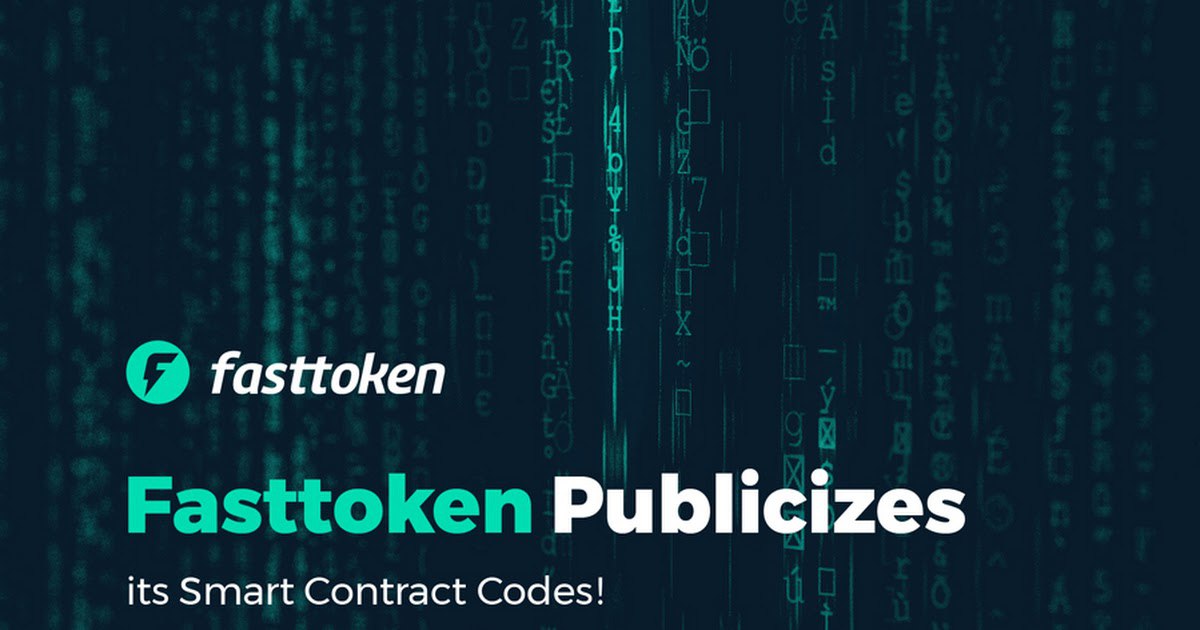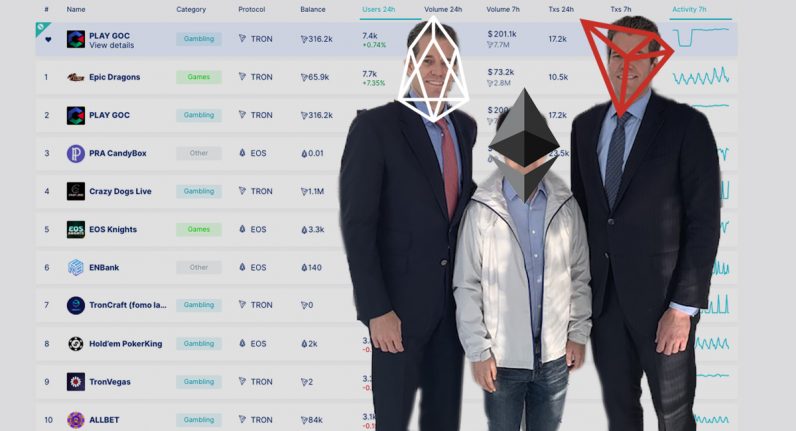2019-5-13 12:23 |
Coinspeaker
Scaling Up to Better Blockchain
Long before blockchain, there was scalability — and it has always mattered. Applied to business, scalability is the power to adapt to changes over time and grow in the process.
It’s no coincidence that many iconic companies are the ones that have scaled masterfully. From Ford Motor Company’s innovations with the assembly line to Microsoft licensing one OS into millions of computers, or Google’s algorithms for powering billions of searches, success in scale means staying ahead.
Scalability surfaced early on as an essential attribute of high-functioning blockchain, and a key to its wider adoption. Many would say that bitcoin’s current inability to surpass seven transactions per second (in comparison to Visa, for example, which can handle 55,000 TPS) is what stands most staunchly in the way of more widespread global use.
As applications for blockchain spread, from cryptocurrency to food provenance, comes a coinciding race to break up its bottlenecks. Developers have set their sights on various layers that affect efficiency, including transaction propagation across the network, consensus, storage, view, and off-chain transactions.
The creators of the Elrond public blockchain protocol have built their architecture on addressing scalability, making it not just an attribute of their network but it’s primary focus.
“The 2017 craze showcased the need for scalability,” says Beniamin Mincu, Co-Founder and CEO of Elrond. “Demand was growing but existing protocols were simply overwhelmed and showed extreme limitations — transactions were taking too long. It became clear to us that for any meaningful adoption, the space needs an infrastructure that could scale and meet the needs of the market.”
Launching a new venture is always a gamble, and diving into the uncharted waters of blockchain enterprise could be seen as even higher risk. The founders of Elrond have taken that step one further by launching 100% self-funded, a decision that they know entails equal part opportunity and challenge.
“We didn’t want to open any funding rounds before we validated our hypothesis through the prototype release,” Mincu explains. “After the prototype was completed, things changed in the market — crypto winter — and this gave us time to truly build the technology and rewrite everything from scratch in GO.
“There have been many benefits to starting as a self-funded team,” continues Mincu. “We could develop things without being too much distracted about market conditions. Choosing to go ahead as a self-funded project also gave us an optimal environment to focus on extensive research, and come up with solutions that would make a difference without external pressure.”
Meanwhile, Mincu acknowledges that self-funded has its tradeoffs. Limited scaling of their team, reduced bandwidth to participate in events, and a less-than-ideal budget for raising early awareness are all challenges that Mincu and his team knew they would take on.
A Dual Path to ProgressSimply being a spunky startup is not enough, of course: Executing an improved angle on scalability is needed for players to differentiate themselves in this intensely competitive sector.
In addition to outperforming their decentralized competitors, the Elrond team’s objective is to achieve TPS (transactions per second) performance at least equal to centralized solutions. To that end, Elrond honed in on two cornerstone building blocks that were ripe for innovation.
The first is their approach to sharding, a distributed databases process that splits up tasks into multiple segments, which are then processed by multiple nodes. Elrond’s answer: a novel Adaptive State Sharding mechanism, which enables linear scalability as more nodes join the network, and by parallelizing transaction processing.
Elrond’s other anchor innovation is rooted in the consensus mechanism for validating transactions, via their Secure Proof of Stake (SPoS) approach. In SPoS, the consensus is arrived at by combining random validators selection, plus eligibility through stake and rating, with an optimal dimension for the consensus group.
These two critical factors are proving to significantly increase scalability of the Elrond network. But scalability is not an end in and of itself. Achieving higher scalability maximizes the TPS metric while also boosting critical factors to a blockchain-based enterprise. These major considerations include security, efficiency, and interoperability.
According to Mincu, the Elrond protocol is about security first and foremost. “We have several layers of security which makes the network very robust and most attack vectors nearly impossible and exceedingly expensive,” Mincu says. “The way we do adaptive sharding make the system more and more secure as the number of nodes enter the system. Even with the lowest number of shards, the protocol is provably secure against the known attack vectors.
“Further on, the nodes are randomly allocated to shards, and are randomly shuffled at each epoch into new shards. Through block finality and fisherman challenges the protocol is secure, even versus highly-adaptive malicious groups.”
Efficiency is also essential to achieving a truly scalable blockchain architecture such as Elrond’s. “As the number of participants grow in the Elrond network, its processing capacity expands significantly,” states Mincu. “It is able to process more transactions, and to run more dApps.
“Our method of sharding and processing make the system linearly scalable as the number of shards are increasing,” he continues. “High throughput dApps are moved to separate shards in order to facilitate the efficiency of the network. Adaptive sharding makes the system powerful enough to respond to network demands by creating new shards, or moving out high throughput dApps from one full shard to another which is not so full.”
Equally pertinent to overall performance is cross-chain interoperability, core to Elrond’s goals of enabling unlimited communication between external services.
“Interoperability brings a lot of throughput for those chains which are connected, as there will be a lot of transactions between them,” Mincu says. “Elrond being a high throughput and fast finality system, it can connect to multiple chains without a problem, and help resolve all transactions with low finality times – lower than most or all the existing chains.
“In the moment of need for even higher throughput from Elrond, adaptive state sharding makes it possible to create new shards, invite other nodes to join the network and to keep up with the demand.”
Coming Next: The TestnetAfter comprehensive prototyping, the Elrond protocol is poised to raise its profile: The testnet is launching soon.
With 200+ submissions already received from prospective testnet developers, interest in Elrond is clearly escalating. Interested testers are invited to apply for the opportunity to explore Elrond in a fee-free, test network environment with easy migration paths to the mainnet. Elrond is also drafting guidelines for participation and an interactive network “Game of Stakes”-style stress testing, such as Tendermint recently undertook.
For Beniamin Mincu and his team, this impending development represents a significant milestone, not just for their company but for blockchain’s continuous striving to scalability.
“The testnet further validates our entire work, it also gives us extremely invaluable feedback on what we need to improve,” he says. “In this phase we will also be able to showcase our technology to potential key partners through hackathons. The future of Elrond depends on how we tackle this phase — what we learn from it and what sort of partners we will onboard.”
Scaling Up to Better Blockchain
origin »High Performance Blockchain (HPB) на Currencies.ru
|
|
















